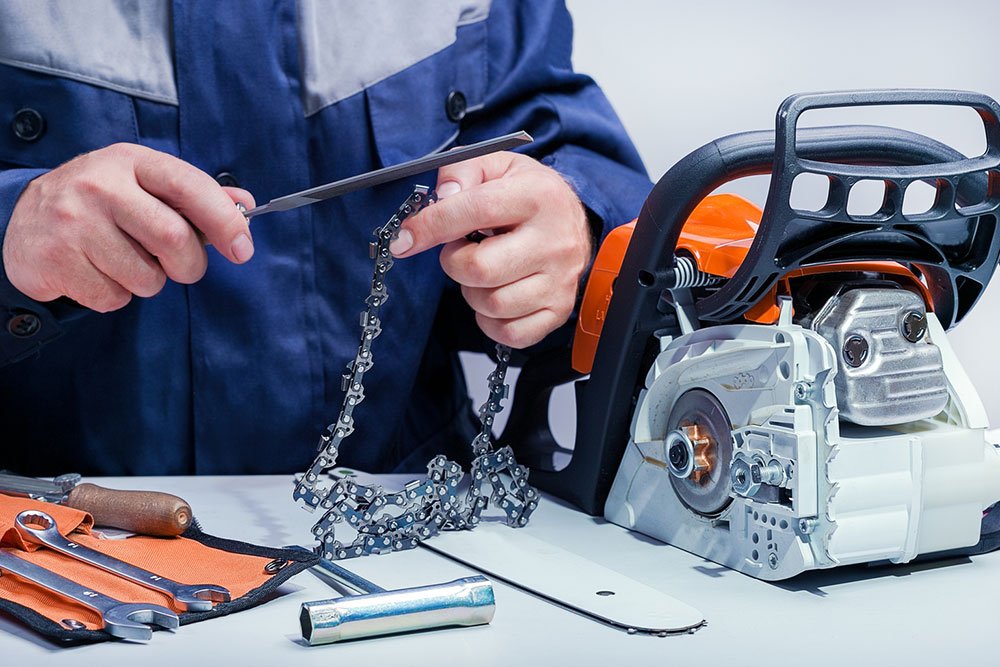4 tips for industrial machine maintenance

Industrial machines are critical components of any factory or manufacturing plant. The production process and, therefore, the performance of the organization as a whole depends highly on how efficiently these machines function. Thus, it is important to maintain them so that they continue to run optimally. However, this is not always easy since the factory floor is quite busy. Hence, here are a few tips for industrial machine maintenance to avoid overlooking some essential maintenance tasks.
Regularly check the lubrication levels
One of the most common reasons for industrial machines breaking down is friction. This especially happens with machines that run for longer hours. Also, the older a machine, the higher the chances of friction occurring between the different parts. Most of the time, this leads to productivity loss and production delays. Therefore, it is important to always check the lubrication level of the machinery to lower the risk of wear and tear caused by friction.
Along with checking the lubrication levels of the industrial machines, it is crucial to use the right types of lubricants for the different machines. This is because a single-type lubricant solution will not be effective for all the machines. Always make sure to check the manuals and follow recommendations provided by the manufacturer of the machine regarding the suitable type of lubricant to be used.
Clean the machines regularly
It is common for dirt and debris to collect in the various nooks and crannies of industrial machines. Often, this leads to rust, corrosion, and other damage that can quickly cause breakdowns. Therefore, to ensure that the machines continue to run efficiently and smoothly, it is important to clean them on a regular basis. Using a simple cleaning agent, one can clean each and every part of the various machines, including the crevices and joints that are generally hard to reach. In addition, it is important to ensure that a rust-preventative solution is applied to all the metal coatings and surfaces for additional protection.
Check all the safety features
Heavy industrial machinery usually has several built-in safety features. These include warning signs, guard rails, emergency shutdown buttons, etc. These features must be regularly checked, inspected, and monitored to ensure they function properly. Any faulty parts and signs of damage should be repaired and replaced immediately. Also, it is important to check whether everything has been labeled correctly and is easily identifiable. This can go a long way in ensuring worker safety and preventing any serious accidents from occurring.
Perform calibration checks
For industries where precision is a crucial aspect of production, calibration checks must be an essential part of machine maintenance. When all the industrial machines are regularly calibrated, it ensures that all the parts are working efficiently and accurately in tandem with one another. Besides, every machine has its own frequency of calibration. So, it is crucial that the manufacturer or a qualified technician is consulted during the calibration checks. This ensures that the machines always run at their peak capacity with lesser downtime and breakdowns.





